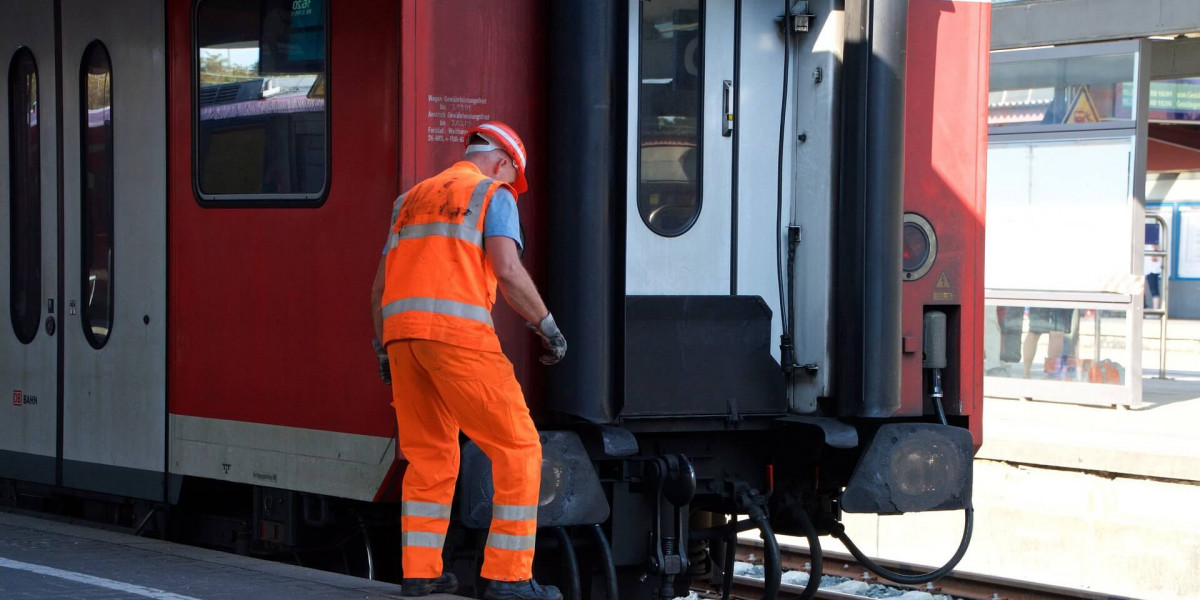The EV battery fire protection materials market is critical to the safety and reliability of electric vehicles (EVs). As EV adoption accelerates globally, the demand for effective fire protection materials has never been greater. However, this market is beset by a series of pain points that slow innovation, complicate manufacturing, and limit widespread acceptance.
Understanding these pain points is essential for industry stakeholders looking to overcome obstacles and push the boundaries of battery safety technology. This article highlights the primary challenges faced by the EV battery fire protection materials market and discusses their impact on growth and development.
High Cost of Advanced Materials
One of the most significant pain points in the EV battery fire protection materials market is the high cost associated with state-of-the-art fire-resistant materials. Advanced ceramics, intumescent coatings, and specialized polymer composites provide critical safety functions but come with expensive raw materials and complex manufacturing processes.
Automakers and battery manufacturers face cost pressures as EVs are still competing with traditional vehicles on price. Adding costly fire protection materials can increase battery pack expenses, making it harder to maintain competitive vehicle pricing. This challenge is especially pronounced in budget EV segments and emerging markets, where affordability remains a priority.
Material Performance Trade-Offs
The ideal fire protection material must balance multiple properties: excellent thermal insulation, flame retardance, mechanical strength, lightweight construction, and electrical insulation. Achieving this balance is difficult, leading to performance trade-offs.
Some materials with strong fire resistance may be too heavy or rigid, negatively affecting vehicle weight and battery design flexibility. Others may degrade over time, losing effectiveness after repeated thermal cycling. These compromises limit the adoption of certain materials and force manufacturers to prioritize which properties matter most, potentially impacting overall battery safety and efficiency.
Integration Complexity within Battery Packs
Integrating fire protection materials into compact, energy-dense battery packs is another key pain point. Modern lithium-ion batteries are designed to maximize energy storage in minimal space, leaving little room for additional layers or bulk.
Materials must be thin, flexible, and chemically compatible with battery cells and electrolytes. Designing such integrated solutions requires extensive collaboration between material developers, cell manufacturers, and automakers, as well as rigorous testing.
This complexity extends development timelines and increases costs. Moreover, retrofitting existing battery designs with improved fire protection materials is often impractical, limiting upgrades and forcing manufacturers to wait for new battery generations.
Regulatory Fragmentation and Uncertainty
While safety regulations are driving demand for fire protection materials, inconsistent and evolving standards across regions present a significant pain point. Different countries and regulatory bodies impose varying requirements, testing protocols, and certification processes.
For global manufacturers, this regulatory fragmentation means they must develop multiple versions of materials or systems tailored to each market, adding development costs and complicating supply chains. Unclear or shifting regulations also create uncertainty that can delay product launches and reduce confidence in adopting new technologies.
Supply Chain Vulnerabilities
The production of EV battery fire protection materials depends on specialized raw materials like mica, ceramics, and high-performance polymers. Supply chain disruptions, scarcity of key inputs, and geopolitical tensions can cause shortages or price volatility.
Such vulnerabilities impact the timely delivery of materials, constrain manufacturing capacity, and increase costs. Dependence on limited suppliers or regions for critical inputs further exacerbates risk, making the supply chain a weak point for many companies.
Limited Industry Awareness and Adoption Barriers
Despite the importance of fire protection, awareness of advanced materials’ benefits remains limited in some segments of the EV industry. Newer entrants or smaller manufacturers may prioritize cost savings or basic functionality over comprehensive fire safety.
Furthermore, integrating fire protection materials requires specialized knowledge and coordination across battery design, cell manufacturing, and vehicle assembly. Without established processes or technical expertise, adoption can be inconsistent or delayed.
This lack of widespread industry knowledge slows the penetration of fire protection solutions and inhibits overall market growth.
Environmental and Sustainability Challenges
Sustainability is becoming an increasingly important factor in material selection, yet some fire protection materials pose environmental challenges. Certain fire-retardant chemicals can be toxic or difficult to recycle, conflicting with the push for greener, circular manufacturing.
Developing eco-friendly, non-toxic, and recyclable fire protection materials that still meet strict safety standards remains an ongoing challenge. This tension between safety and sustainability limits the availability and acceptance of some material options.
Testing and Certification Delays
Rigorous testing and certification are mandatory to ensure fire protection materials perform as intended under extreme conditions. However, these processes can be time-consuming and costly, leading to delays in bringing new materials to market.
Extended testing cycles slow down innovation and discourage smaller players who may lack resources to invest heavily in certifications. These bottlenecks create barriers to entry and prolong the timeline from development to commercial adoption.
Conclusion
The EV battery fire protection materials market is crucial for the future safety of electric vehicles but faces multiple pain points that hinder progress. High costs, material trade-offs, integration difficulties, regulatory complexity, supply chain risks, limited awareness, sustainability concerns, and lengthy certification processes all contribute to a challenging landscape.
Addressing these pain points requires coordinated efforts among material scientists, manufacturers, regulators, and supply chain partners. Innovations focused on cost reduction, multifunctional materials, regulatory harmonization, and sustainability will be key to overcoming these challenges.
By tackling these issues head-on, the EV battery fire protection materials market can accelerate the deployment of safer, more efficient electric vehicles, supporting the global transition toward sustainable transportation.









